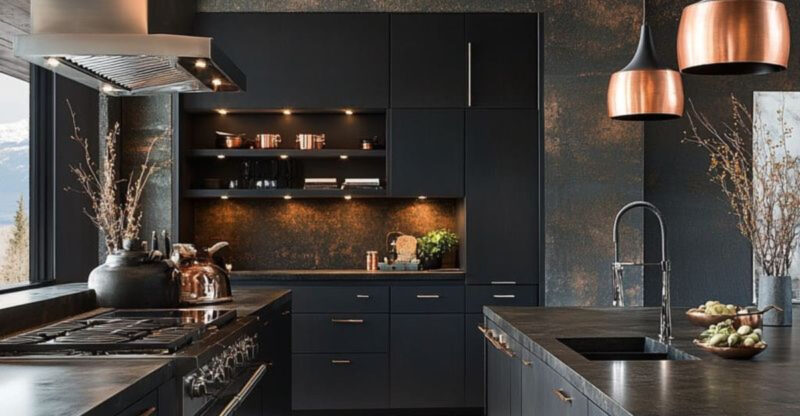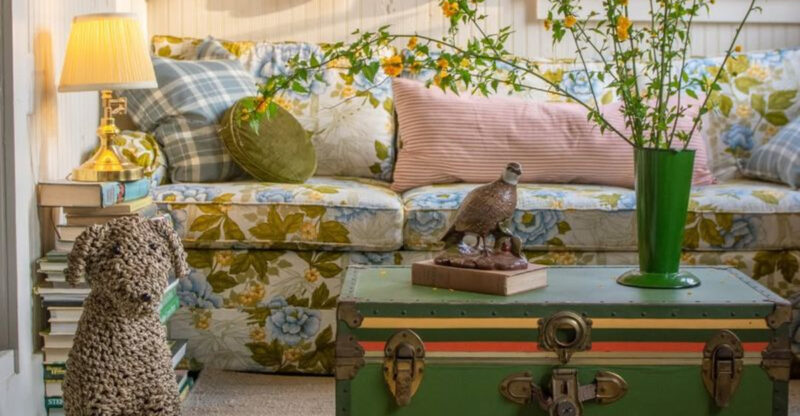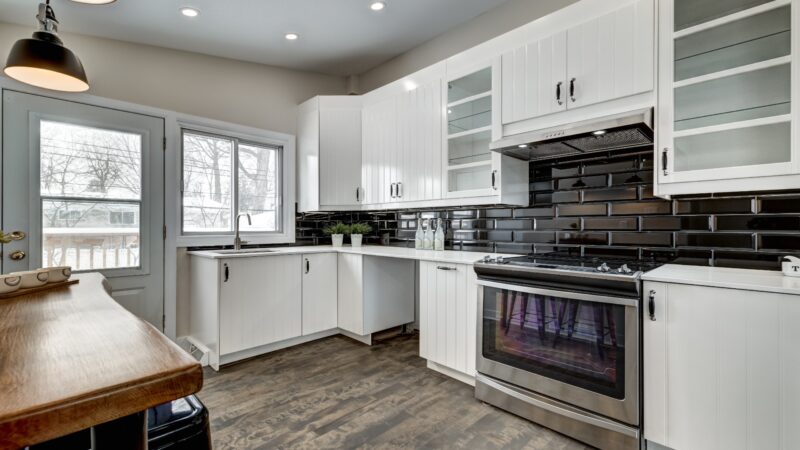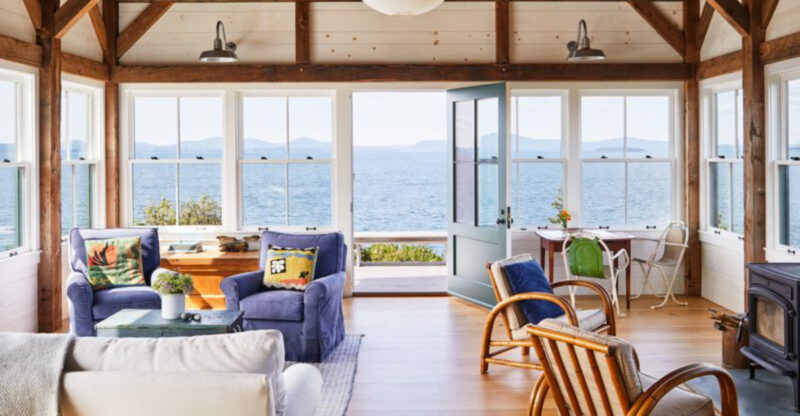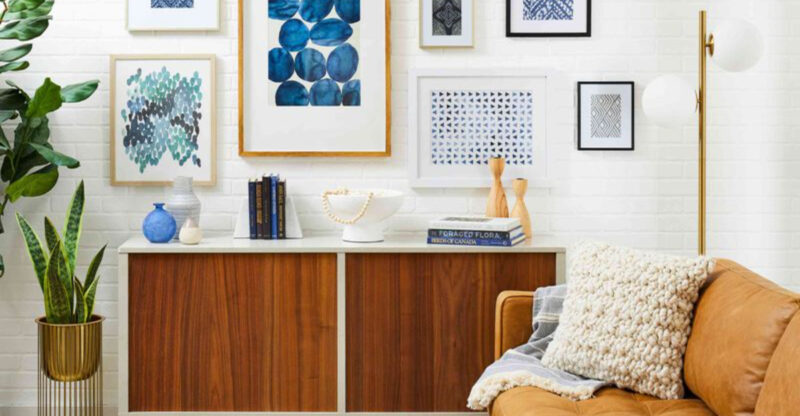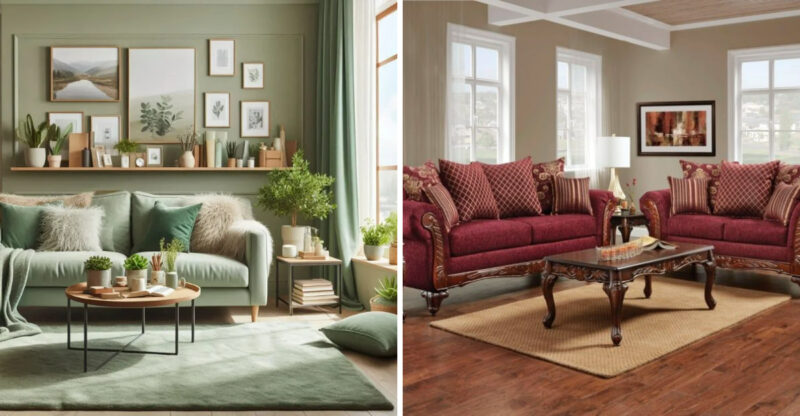Say Goodbye To These 12 Orlando Decor Styles By 2026 And 7 That Never Belonged
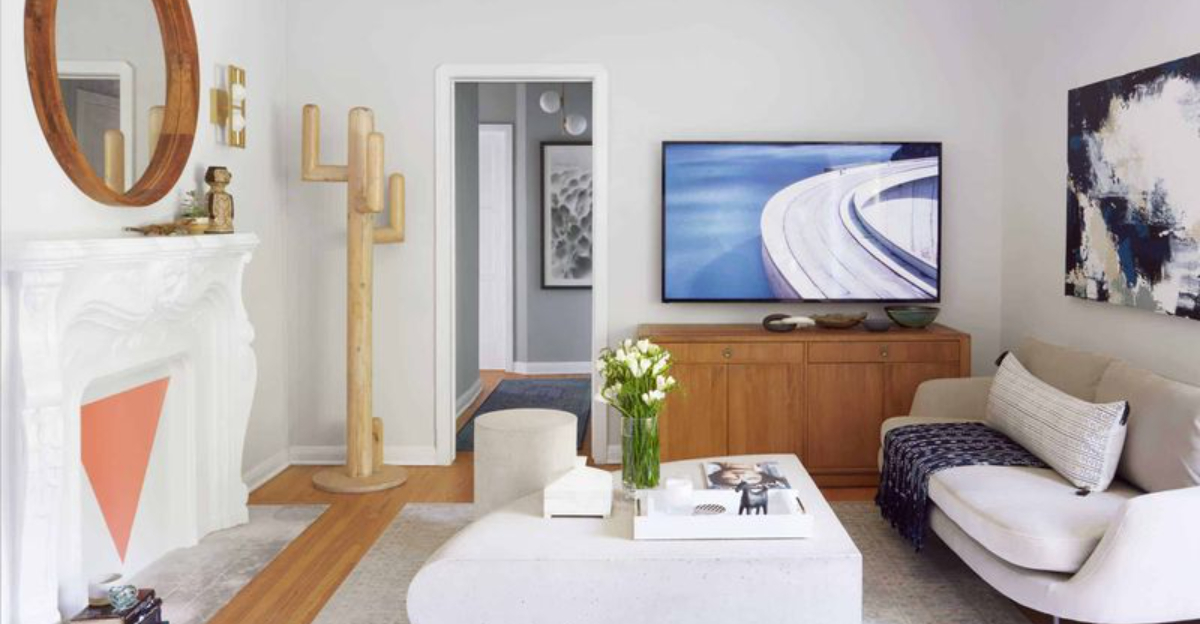
Home design trends in Orlando are constantly evolving, with some styles losing their appeal faster than Florida’s afternoon rain showers.
As we look toward 2026, certain decor choices are headed for extinction while others should have never made their way into our homes in the first place.
Whether you’re renovating, decorating, or just curious about what’s falling out of favor, this guide will help you navigate Orlando’s shifting design landscape.
1. Wall-to-Wall Carpeting
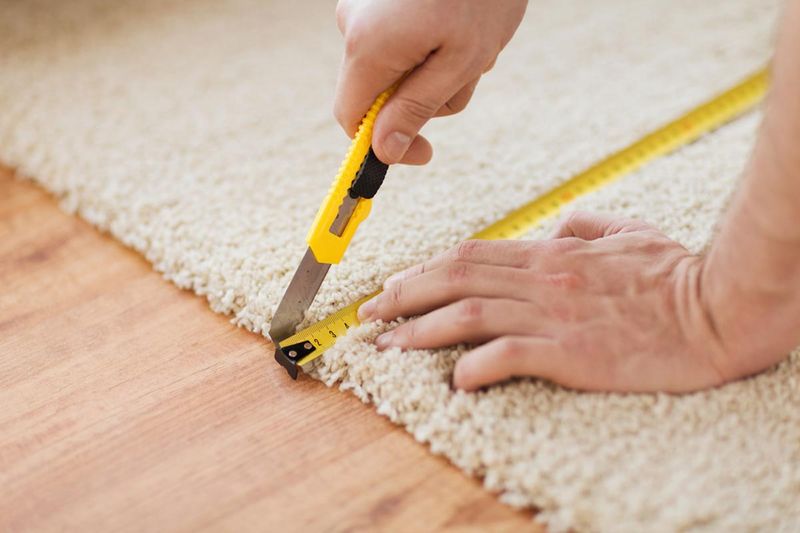
Florida’s humidity and wall-to-wall carpeting have always been awkward roommates. The hot, sticky climate makes this flooring choice impractical, trapping moisture and creating a paradise for dust mites.
Homeowners are increasingly ripping out these dated floor coverings in favor of tile, luxury vinyl, or engineered hardwood that can withstand Orlando’s climate challenges. The maintenance headache alone has pushed this trend toward extinction.
Modern Orlando homes now embrace cooler, easier-to-clean surfaces that don’t hold odors or allergens. If you still crave softness underfoot, area rugs provide comfort without commitment, allowing you to change your style without calling in the professionals.
2. Overly Minimalist Interiors
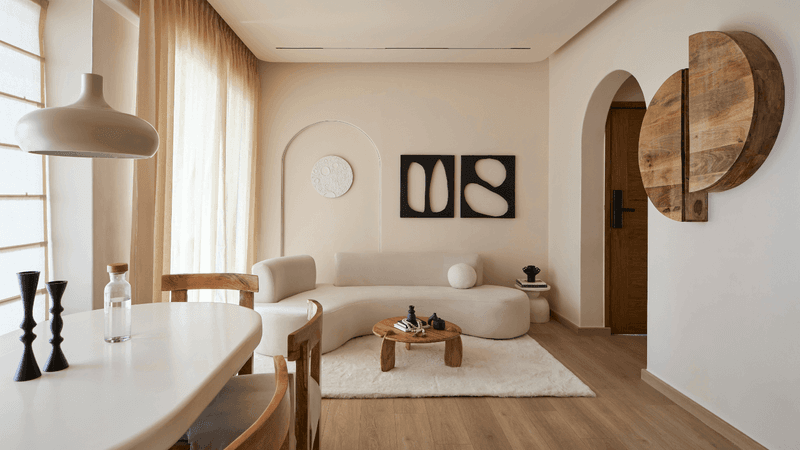
Cold, stark minimalism is losing its grip on Orlando homes faster than tourists lose their sunscreen. Those eerily empty spaces with three pieces of furniture and zero personality no longer impress visitors or potential buyers.
Residents are craving warmth and character instead of the clinical, museum-like aesthetic that dominated the 2010s. The trend toward emotional minimalism keeping only meaningful items rather than stripping away everything – has replaced extreme bareness.
Orlando’s vibrant culture calls for spaces that tell personal stories. Homeowners are now incorporating colorful textiles, meaningful art, and carefully selected decorative items while still maintaining clean lines and organization. This balanced approach creates livable spaces that don’t feel like sterile showrooms.
3. Open Kitchen Shelving
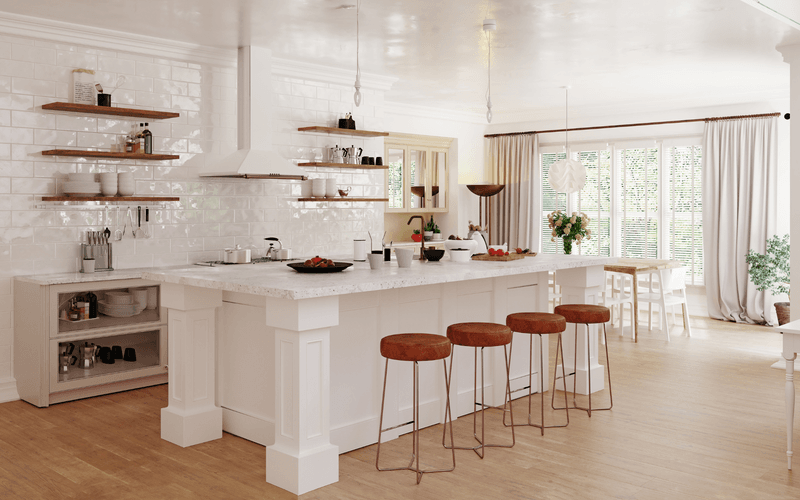
Remember when everyone tore out their kitchen cabinets for those Instagram-worthy open shelves? That trend is disappearing faster than a Mickey ice cream bar on a July afternoon. Orlando homeowners have discovered the harsh reality: Florida’s humidity makes dust stick to everything!
Daily styling and cleaning became an unexpected part-time job. Those picture-perfect arrangements of matching dishes quickly turned into cluttered displays of mismatched cups and forgotten souvenirs.
Practical, closed storage is making a triumphant return, with glass-front cabinets offering a compromise for those who still want to display special pieces. The new approach balances visual interest with functionality, acknowledging that real life requires places to hide the not-so-pretty kitchen essentials.
4. Living Walls
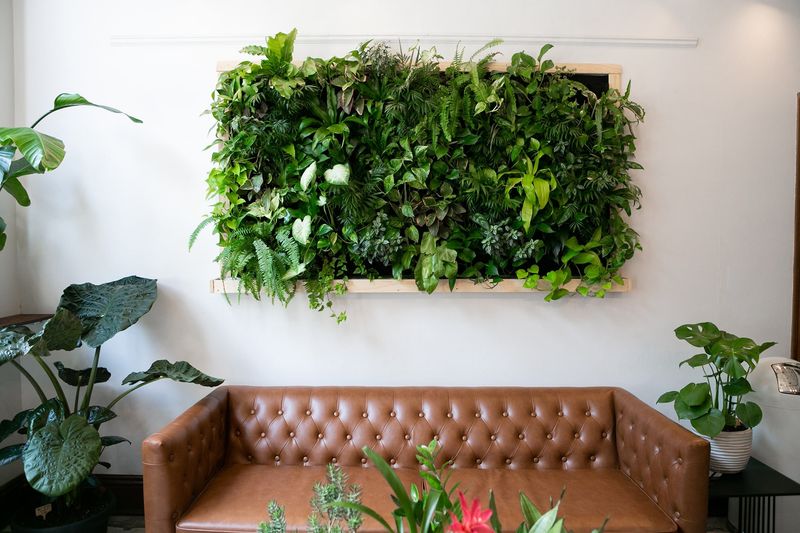
Living walls seemed perfect for Orlando’s tropical vibe, but the honeymoon phase didn’t last long. Those Instagram-worthy vertical gardens are wilting in popularity as homeowners face the reality of their maintenance demands.
The constant upkeep, specialized irrigation systems, and battle against Florida’s aggressive mold and pests have turned these green statements into expensive headaches. Many installations now sit partially dead, serving as monuments to abandoned plant parenthood.
Instead, Orlando residents are opting for more manageable greenery statement potted plants that can be moved around and don’t require professional maintenance teams. This shift allows plant lovers to enjoy nature indoors without committing to what essentially became an architectural science project with a hefty maintenance contract.
5. Lacquered Kitchen Cabinets
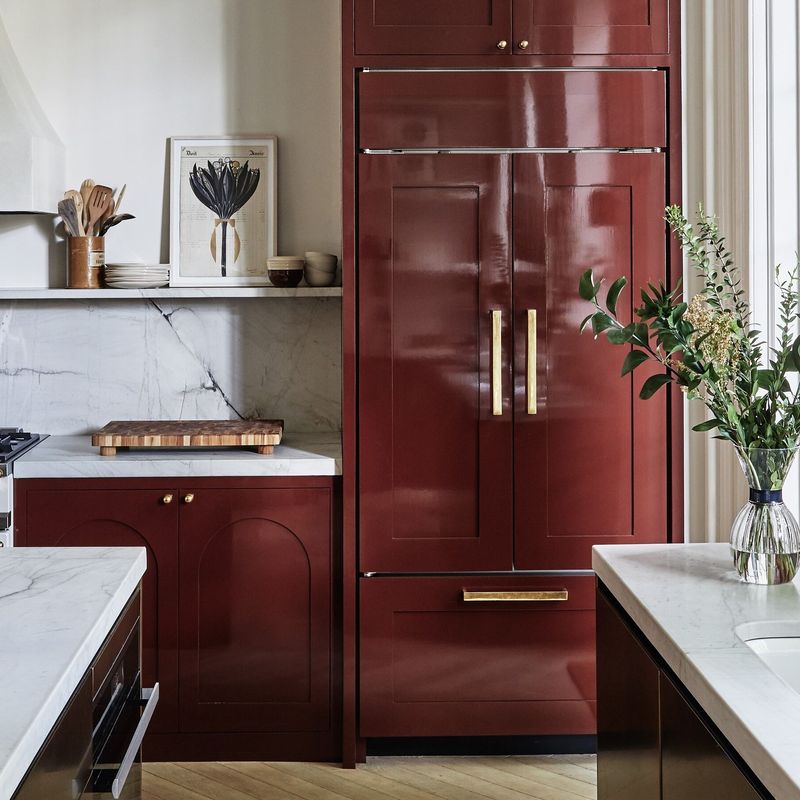
Those high-gloss, mirror-finish kitchen cabinets that once screamed luxury are now just screaming dated. Orlando homeowners discovered these fingerprint magnets require constant wiping in a climate where kids, pets, and humidity conspire against perfection.
Every smudge, scratch, and water spot shows dramatically on these ultra-reflective surfaces. The intense Florida sunshine bouncing off these glossy finishes often created uncomfortable glare, making the kitchen feel like an interrogation room rather than a gathering space.
Matte and satin finishes are taking over, offering sophisticated alternatives that hide imperfections and create a more relaxed atmosphere. These forgiving surfaces maintain their good looks with minimal effort something busy Orlando families have come to appreciate as style priorities shift toward livability.
6. Bold Wallpapers
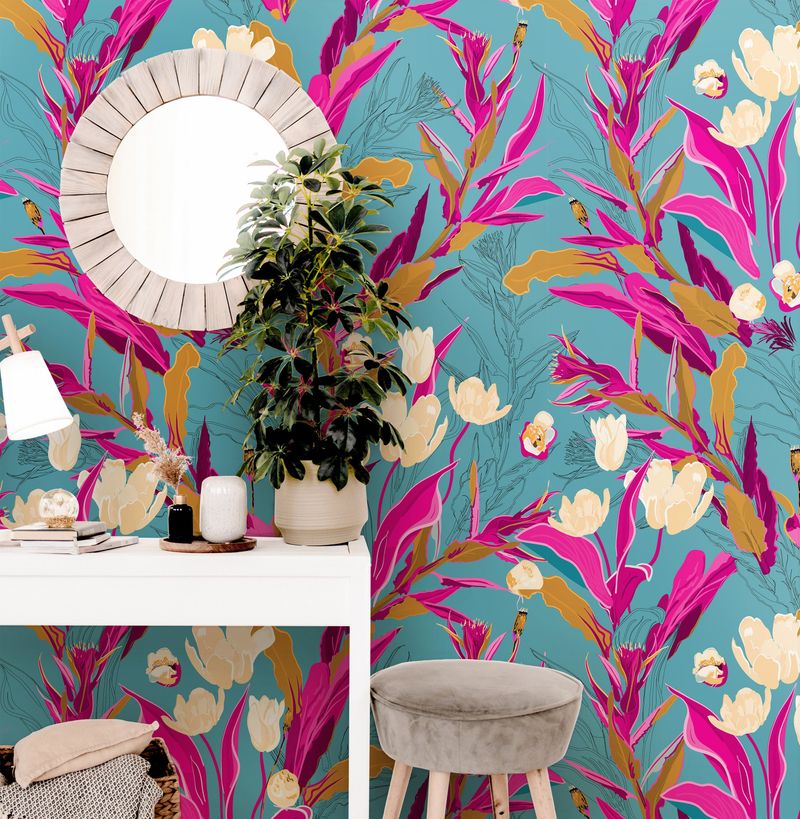
Those eye-popping, in-your-face wallpapers that dominated Orlando homes are fading faster than theme park tickets in the washing machine. Homeowners who enthusiastically covered entire rooms in tropical prints or geometric patterns are now facing renovation regret.
The problem wasn’t just visual fatigue Florida’s humidity created nightmare scenarios where expensive papers began peeling at the seams. Many discovered that bold patterns that looked amazing in designers’ portfolios became overwhelming and even anxiety-inducing in actual living spaces.
The trend is shifting toward more subtle applications accent walls or smaller spaces like powder rooms where statement patterns won’t dominate daily life. This balanced approach allows for personality without the commitment to a design choice that quickly dates itself or becomes visually exhausting.
7. Shiplap

Joanna Gaines may have put shiplap on the map, but Orlando residents are taking it off their walls. This farmhouse staple never truly belonged in Florida’s coastal and subtropical aesthetic, yet it somehow colonized local interiors like an invasive species.
The horizontal wooden planking collected dust in surprising quantities and created a visual disconnect with Orlando’s natural environment. Many homeowners discovered that the rustic charm they were seeking turned their spaces into confused design statements that felt more appropriate for Texas than tropical Florida.
Local designers are now embracing materials that reflect Florida’s unique character textured plasters, subtle beadboard in specific applications, or simply well-painted walls that allow other elements to shine. This shift celebrates Orlando’s authentic architectural heritage rather than importing trends from different climate zones.
8. Fast Furniture
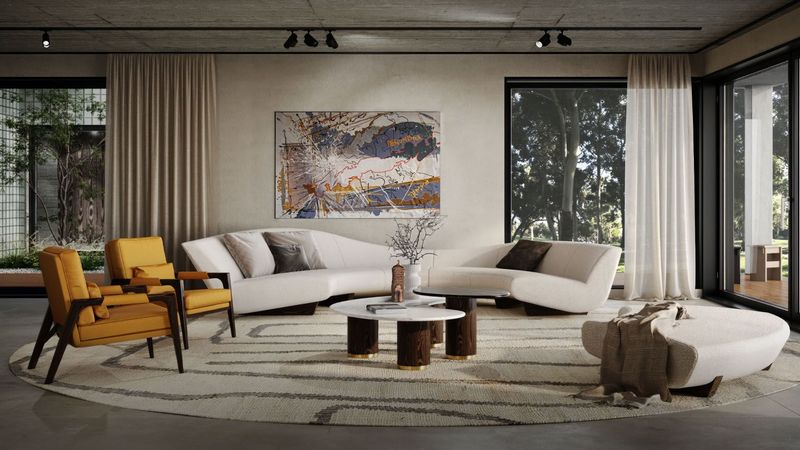
Orlando’s relationship with disposable furniture is breaking up faster than a summer thunderstorm. Those particle board pieces that looked great in the store but collapsed after two moves are finally losing their appeal as sustainability concerns grow.
The environmental impact of constantly replacing cheaply made items has become impossible to ignore. Florida’s humid climate is particularly unkind to these low-quality pieces, causing warping, splitting, and deterioration at accelerated rates.
The pendulum is swinging toward quality over quantity, with residents investing in fewer, better pieces that will last. Whether it’s genuine vintage finds from local shops or new pieces made with sustainable materials, Orlando homeowners are increasingly willing to pay more upfront for furniture that won’t end up in landfills after a year or two of use.
9. White Bouclé
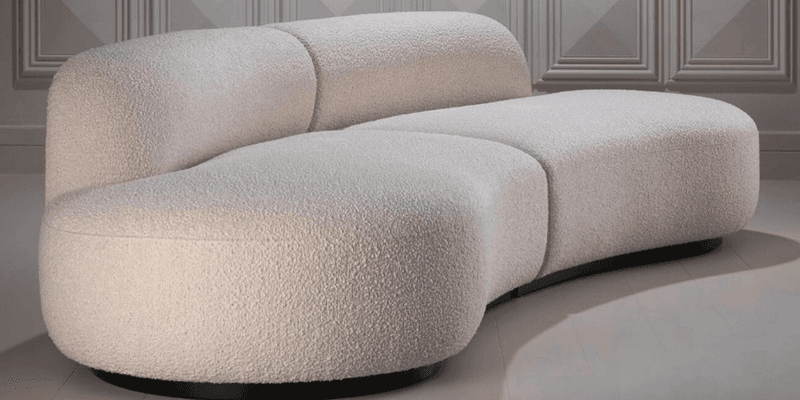
White bouclé fabric swept through Orlando homes like a hurricane, leaving a trail of impractical furniture in its wake. This trendy textile that resembles teddy bear fur quickly revealed its fatal flaw in Florida’s lifestyle: it shows every speck of dirt and isn’t suited to homes with children, pets, or anyone who enjoys red wine.
The nubby texture trapped crumbs, hair, and dust with remarkable efficiency. Cleaning these pieces proved nearly impossible without professional help, turning what should be comfortable seating into high-maintenance museum pieces.
Orlando homeowners are now embracing performance fabrics in varied textures and colors that can handle real life. These modern alternatives offer similar visual interest while standing up to Florida’s indoor-outdoor lifestyle, spilled drinks, sunscreen residue, and the occasional hurricane evacuation without looking worse for wear.
10. Crammed Micro Spaces
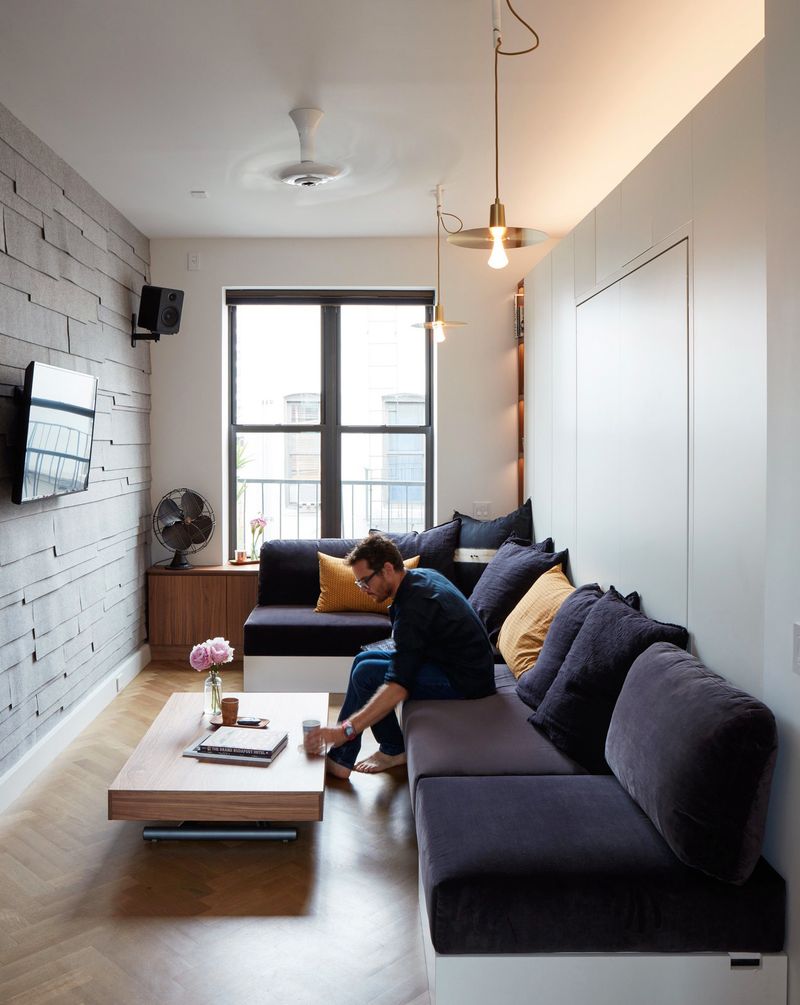
Those tiny, overcrowded spaces that once represented clever maximization of square footage are losing favor faster than ice melts in an Orlando summer. The pandemic permanently changed how we view our homes, with cramped quarters feeling more claustrophobic than cozy.
Orlando residents who embraced micro-living found that these tight spaces quickly became overwhelming, especially as remote work became more common. The psychological impact of confinement in small areas proved more significant than anticipated, with many reporting increased stress and decreased satisfaction with their homes.
The trend is shifting toward thoughtful use of space rather than minimizing it. Even smaller homes are being reconfigured to create breathing room, with multi-functional areas that can adapt to different needs without feeling stuffed to the gills with furniture and belongings.
11. Awkward Architecture
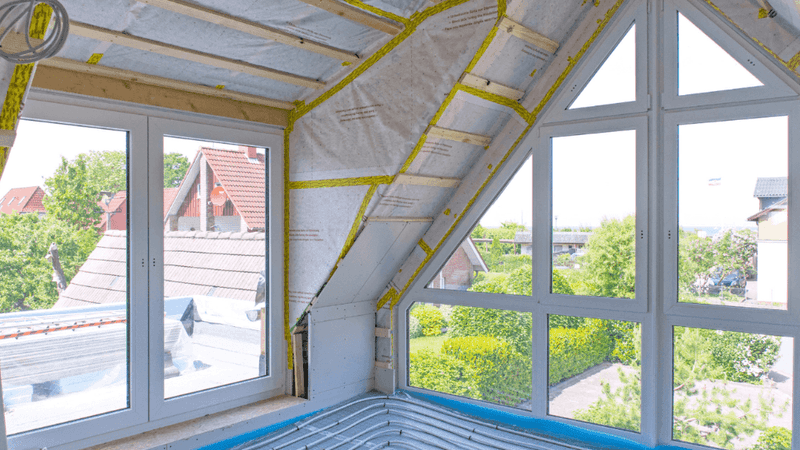
Those bizarre architectural choices that once seemed cutting-edge are aging about as well as Florida’s infamous hanging chads. Oddly placed columns, random ceiling drops, and strange room dividers that served no purpose are finally being demolished.
Orlando homeowners have grown weary of explaining these peculiar features to confused guests. The “because it was trendy in 2010” excuse has expired, along with patience for form that utterly fails function.
Renovation projects increasingly focus on creating logical flow and removing these architectural oddities. The emphasis has shifted to timeless design principles that enhance daily living rather than architectural showing off. Homeowners are discovering that removing these dated statements often makes spaces feel larger, more cohesive, and significantly more appealing to potential buyers down the road.
12. Overly Cluttered Spaces
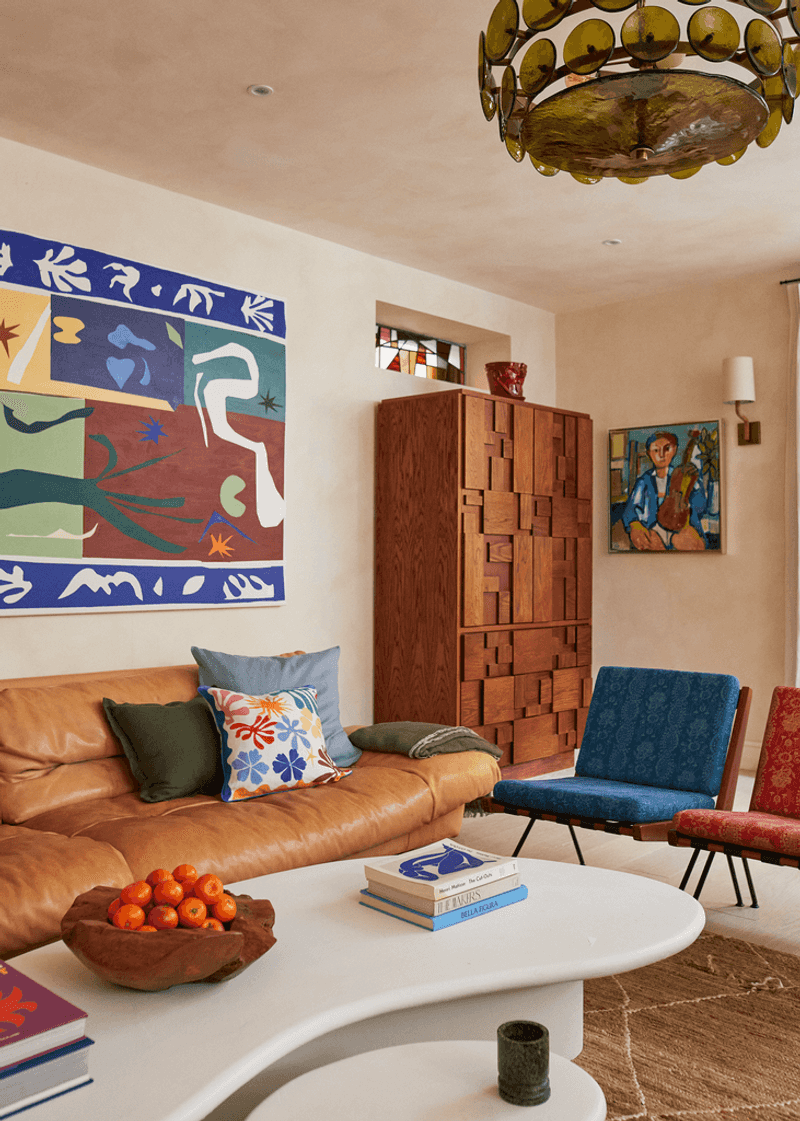
Maximalism went maximum overdrive in Orlando, and now the pendulum is swinging back. Those spaces crammed with collections, patterns fighting patterns, and every surface covered in knickknacks are giving way to more thoughtful arrangements.
Florida’s natural environment already provides plenty of visual stimulation from dramatic skies to lush landscapes. Interiors that compete with rather than complement this natural backdrop have begun to feel exhausting rather than expressive.
The new approach isn’t about eliminating personality but curating it with intention. Orlando homeowners are learning that displaying fewer items with room to breathe creates more impact than displaying everything at once. This refined maximalism allows cherished collections and statement pieces to shine rather than compete for attention in an overwhelming visual cacophony.
13. Faux Wood Finishes (Never Belonged)
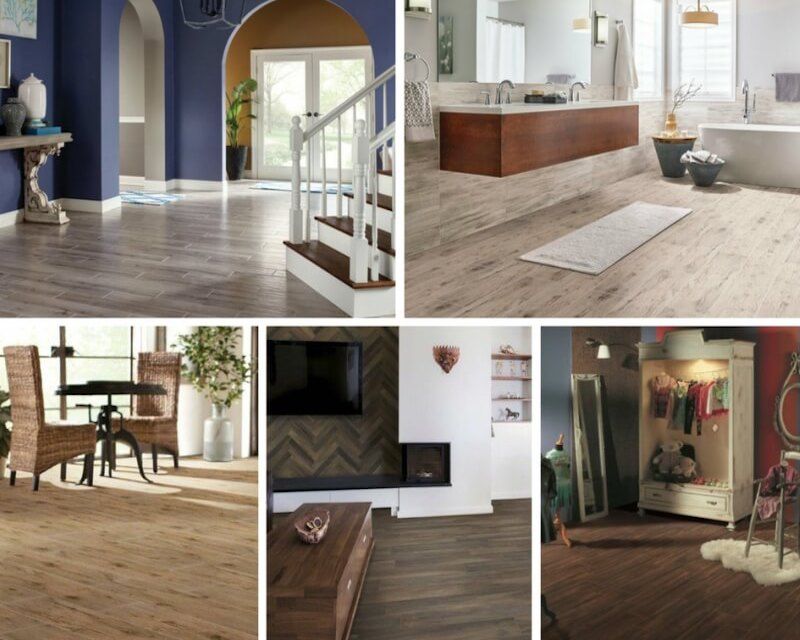
Fake wood finishes in Orlando homes stick out like a snowman in July completely unnatural and melting under scrutiny. These unconvincing imposters tried to mimic natural materials but fooled absolutely no one, especially in a state with such a strong indoor-outdoor connection.
The plastic-looking wood grain on everything from flooring to furniture created spaces that felt artificial and cheap. In Florida’s bright natural light, these faux finishes appeared particularly unconvincing, with their repeating patterns and synthetic sheen betraying their true nature.
Authentic materials – whether actual wood, stone, or modern alternatives that honestly present themselves as what they are have become the preference. This shift values integrity in design, recognizing that genuine materials age gracefully while imitations tend to look increasingly dated and awkward with each passing year.
14. Live Laugh Love Signs (Never Belonged)
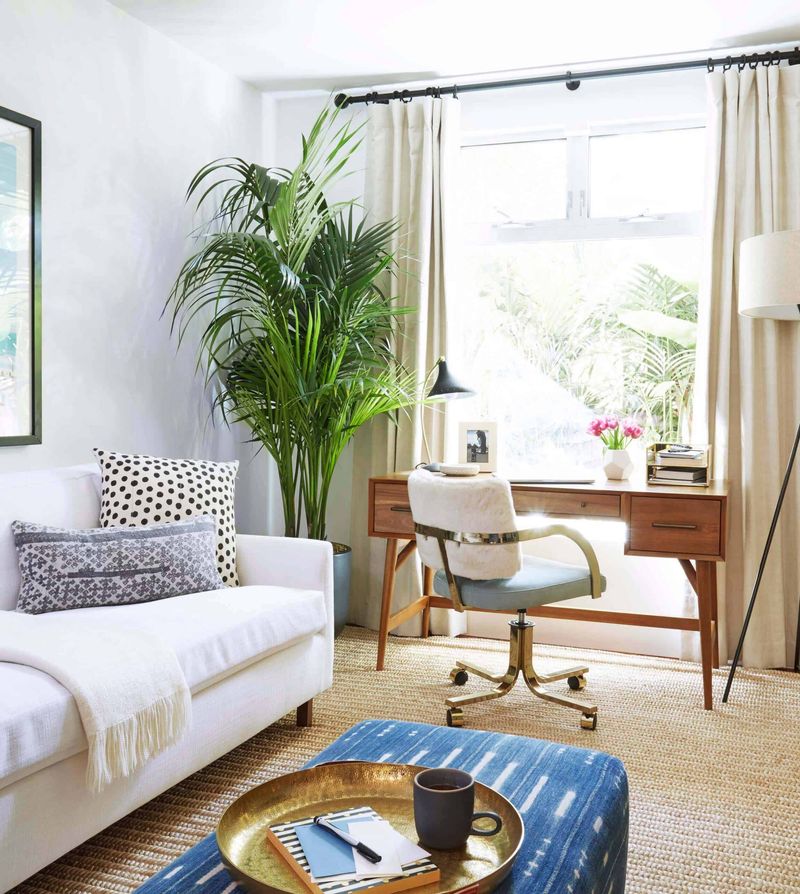
Those ubiquitous “Live Laugh Love” signs and their generic inspirational cousins are finally getting the side-eye they’ve long deserved. Orlando homes became saturated with these mass-produced platitudes that somehow managed to be both bossy and meaningless at the same time.
What began as a genuine attempt at positivity devolved into design shorthand for “I let a big box store decorate my home.” These signs added no authentic personality or connection to Florida’s unique character and culture.
Homeowners are now seeking art and decor that tells their specific story rather than generic sentiments. Whether it’s local artwork capturing Florida’s distinctive landscapes, vintage finds with history, or personalized pieces that reflect actual interests and experiences, the shift is toward authenticity. This change brings spaces that feel genuinely personal rather than lifted from a mass-market template.
15. Overdone Farmhouse Elements (Never Belonged)
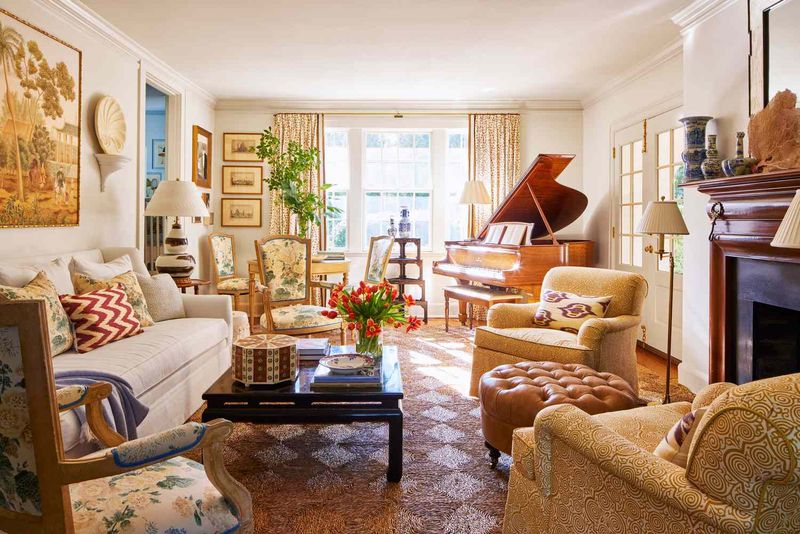
Barn doors sliding through Orlando living rooms made about as much sense as snowshoes in Miami Beach. The farmhouse trend that dominated HGTV created a bizarre rural cosplay in suburban Florida homes with no agricultural history whatsoever.
Distressed furniture that looked artificially aged, mason jars repurposed as everything from drinking glasses to light fixtures, and enough rustic signage to fill an actual barn left many homes feeling like themed restaurants rather than authentic living spaces. These elements clashed dramatically with Florida’s natural aesthetic and architectural history.
The retreat from this trend acknowledges Orlando’s true character neither farm nor rustic cabin. Homeowners are embracing design elements that honor Florida’s actual heritage, from Spanish influences to mid-century modern, creating spaces that feel genuinely connected to their location rather than imported from a completely different climate and culture.
16. Excessive Grey Tones (Never Belonged)
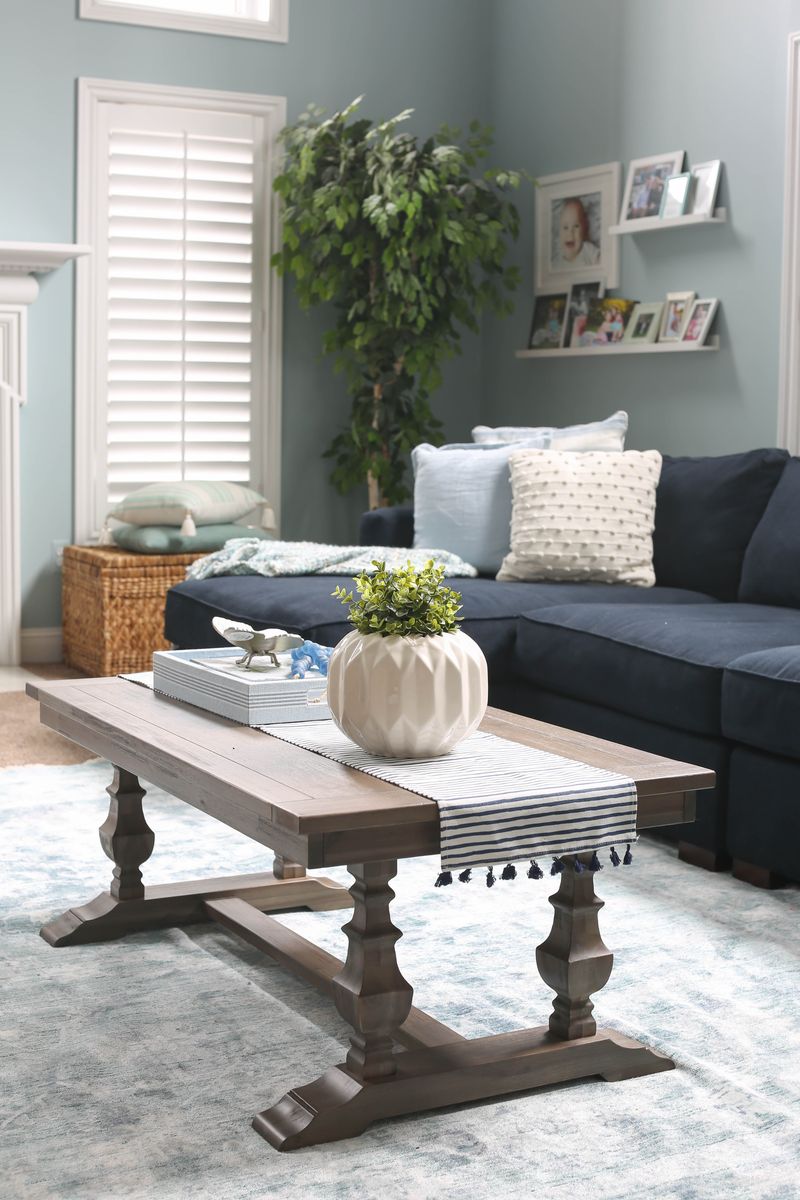
The grey-on-grey-on-grey trend hit Orlando with the subtlety of a space shuttle launch, leaving homes looking perpetually overcast in the Sunshine State. This color scheme that originated in cooler, cloudier regions made no sense in Florida’s vibrant environment.
Walking into these monochromatic spaces felt jarring after being outside in Florida’s technicolor landscape. The disconnect between interior and exterior created an unnatural transition that many homeowners eventually found depressing despite its initial appearance of sophistication.
Color is making a triumphant return, with palettes inspired by Florida’s natural environment from the soft blues of the Gulf to the vibrant greens of tropical foliage. This shift acknowledges the psychological impact of our surroundings and embraces hues that complement rather than contradict the abundant natural light and lush views that make Florida living special.
17. Uncomfortable Furniture (Never Belonged)
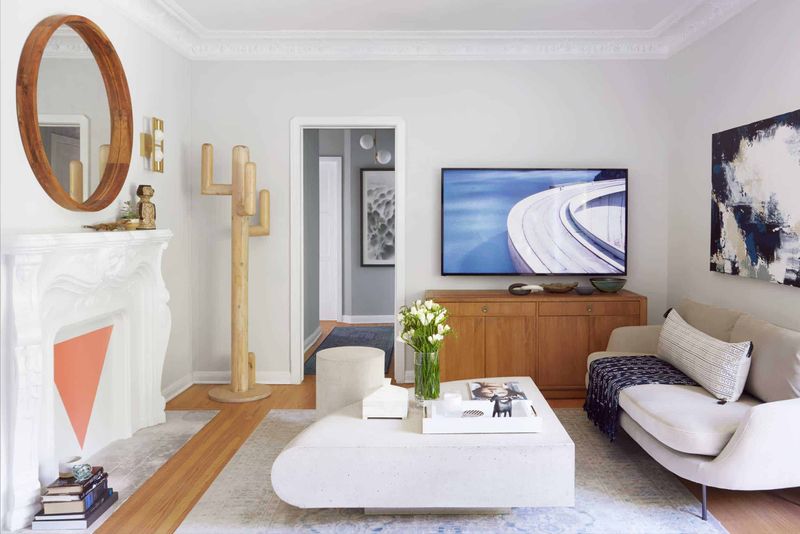
Form completely overtook function when Orlando homeowners filled their spaces with furniture that looked spectacular but felt like medieval torture devices. Those ultra-modern sofas with razor-thin cushions and architectural chairs that required contortionist skills to sit in are finally being shown the door.
After spending more time at home during recent years, the painful reality became impossible to ignore. Beautiful but unusable furniture created showcase homes where no one actually wanted to spend time, defeating the entire purpose of a personal space.
The pendulum has swung toward pieces that marry good design with actual comfort. Orlando residents now prioritize furniture that supports real relaxation while still looking stylish. This shift recognizes that homes should serve the people who live in them rather than existing primarily as design statements for occasional visitors.
18. Overly Themed Rooms (Never Belonged)
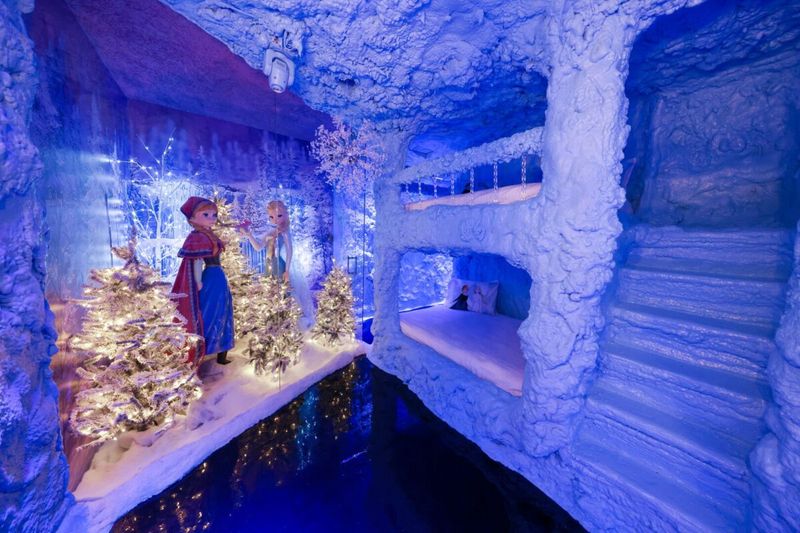
Living near theme parks apparently inspired some Orlando homeowners to create their own attractions right at home. Those aggressively themed rooms from beach bathrooms complete with actual sand to princess bedrooms that looked like movie sets are finally losing their appeal.
These spaces quickly became design prisons, expensive to create and even more costly to change. Children outgrew themed bedrooms faster than their shoes, while adults tired of living in spaces that felt more like vacation rentals than homes.
The trend is shifting toward rooms with personality that can evolve over time. Subtle nods to favorite themes through accessories and artwork provide character without committing entire spaces to concepts that might feel embarrassing in a year or two. This approach allows for expression while maintaining design flexibility and preventing expensive overhauls when tastes inevitably change.
19. Plastic Furniture (Never Belonged)
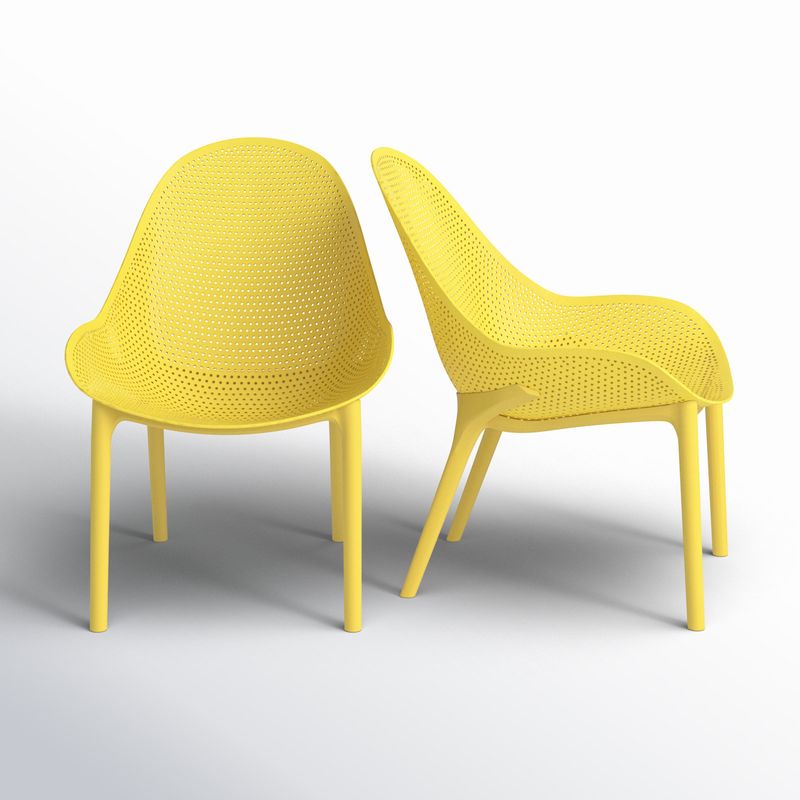
Cheap plastic furniture in Orlando homes deteriorated faster than ice cream at Disney in August. Those budget-friendly pieces quickly warped in the heat, faded in the sunshine, and became brittle environmental hazards rather than lasting home investments.
Beyond the practical problems, these petroleum-based products contributed to Florida’s environmental challenges, potentially ending up in waterways and adding to pollution issues. The disconnect between enjoying Florida’s natural beauty while filling homes with materials that harm it became increasingly difficult to ignore.
Homeowners are now seeking sustainable alternatives made from natural or recycled materials that can withstand Florida’s climate challenges. Bamboo, rattan, recycled plastics transformed into durable materials, and properly treated woods offer stylish options that align better with environmental values while providing greater longevity and a more sophisticated aesthetic.

